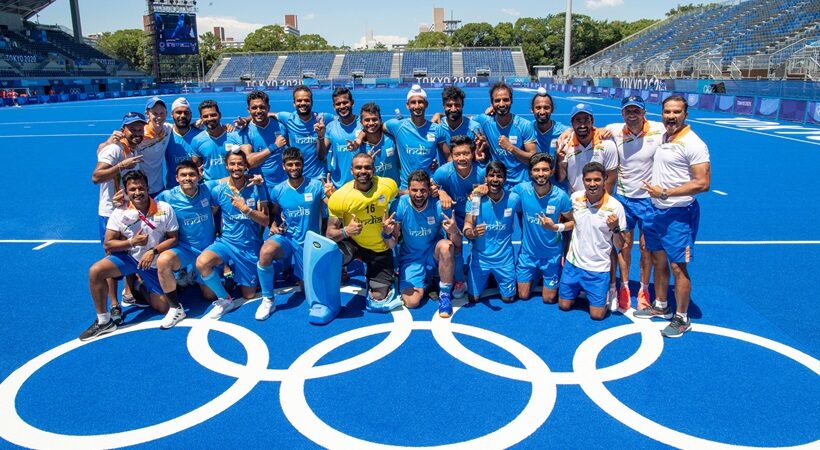Indian Hockey teams, both men and women, have performed to their full potentials in the recently concluded Olympics. However, the sweet victory, men’s Bronze medal, and the fighting spirit displayed by the women’s team should not end with the Tokyo edition. The momentum gained has to be maintained and Hockey India, the sport’s governing body, has a lot on its plates as of now. Instead of basking in the Tokyo Olympics glory, there should be a concentrated effort at maximising the gains accrued from the 2020 games.
Read More: The Boys’ Grit On Display Augurs Well For The Future Of Indian Hockey Team
Why a Medal Eluded India For This Long?

Both men and women showed remarkable displays of fightback and redemption but it was sad that only men could lay their hands on the coveted metal. However, the question that still haunts every sports lover is why it took so long for India to grab the Olympic glory in an arena that the country owned for several years? Even after Independent India’s hockey (men’s) team’s golden run in the Olympics ended in1960 Rome, the team performed commendably till the 1980 Olympics, winning two gold and bronze medals. Then the downward spiral started for the men’s team as they failed to qualify for semis till 2020. As for the women’s team, after making their Olympic debut in ’80, where they finished fourth, it could qualify only for the 2016 Rio Games, where it finished 12th. So, how do we justify the long dry spell, especially with regard to the men’s outfit, which had an envious Olympic track record till ’80?
Inability To Adapt To AstroTurfs
It has come to light that the disappointing performances, especially by the men’s team, have got to do with the change of the playing surface, the introduction of AstroTurf in the international fixtures. Instead of real turfs or grounds, synthetic turfs (AstroTurfs) or artificially made surfaces were made mandatory for international matches by the International Hockey Federation in the mid-’70s and the new turf made its Olympics debut in the 1976 Montreal Olympics. This was the first time that India returned empty-handed since it started playing hockey in the games in 1928. It has been reported that the AstroTurfs are expensive to be laid (around 8 crores) and India has only a few of them to practice. Also, the real turfs where Indians excelled a lot, suited the country’s hockey players as they could skillfully execute their game plan, unlike the artificial turfs.

Governing Body’s Lack Of Spine
However, administrators of the game are equally blameworthy. When the shift of surface was announced by the IHF for the first time in the ’70s, our hockey federation was guilty of not showing sufficient resistance towards the move. Also, when AstroTurf was finally introduced in the game, the country was slow to adapt to the new surfaces as the Indian team continued to play on grass courts in the domestic games. But, AstroTurf is not the sole factor in the fiasco the country’s game finds itself in as the Indian Hockey Federation, the precursor to Hockey India, was also grappling with various allegations of corruption and mismanagement. All these aspects, plus the constant fights between players and administrators, played a big part in hockey losing money as well as viewership over the years.
Few Gains But Challenges Galore
Things are looking pretty, at present, for the sport with Hockey India taking several commendable steps since 2009, especially the appointment of foreign coaches for the teams. However, India have a long road ahead as the hockey in the country is run by states or public sectors units unlike European nations, so there is a lack of professionalism as well to deal with. India also had a hockey league on the lines of cash-rich IPL but it was done away with a few years back. Unlike cricket which has a strong sporting infrastructure, hockey does not have one. The infrastructure is primarily responsible for building a strong pool of talent and for that Indian hockey requires special initiatives from Corporate India (CI). However, CI is mostly interested in cricket and hockey is their least priority. This indifferent attitude of the CI has to change if Indian hockey has to scale new heights in the years to come or produce world-class talents consistently.



















